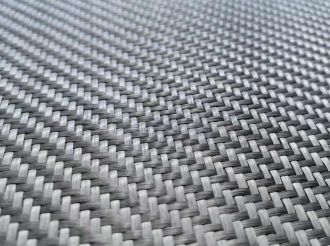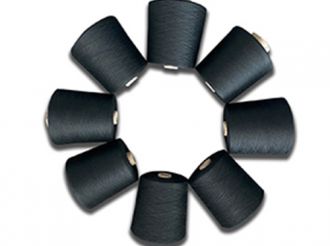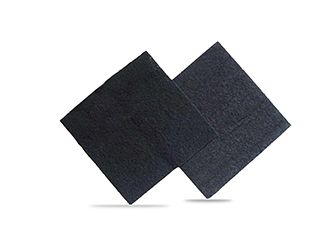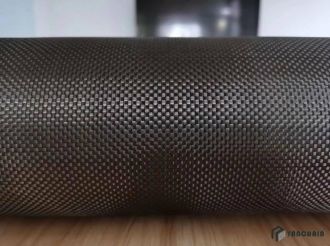Carbon Fiber Tube- Automotive, Bicycles, Aerospace spars, telescope, kayak paddle etc.
- 2022-04-22
This article will introduce the characteristics, common types, processing and typical applications of carbon fiber pipes, one of the common application products of carbon fiber.
01 Advantages of carbon fiber pipes
In recent years, carbon fiber pipes have become more and more popular in many fields such as automotive, automation and industrial robotics, so what makes them stand out from the competition of metals such as aluminum or titanium?
Carbon fiber tubes have high enough tensile strength to replace steel, titanium or aluminum in applications where weight is an important factor. At the same strength, carbon fiber composites are one-third the density of steel. They are also corrosion resistant, can withstand high temperatures, and have minimal thermal expansion. Depending on the specific carbon fiber tube design, it can be rigid or flexible.
The main advantages of carbon fiber tubing include:
High strength and high stiffness
Excellent fatigue resistance
Dimensional Stability: Low CTE (Coefficient of Thermal Expansion)
preservative
X-ray transparency
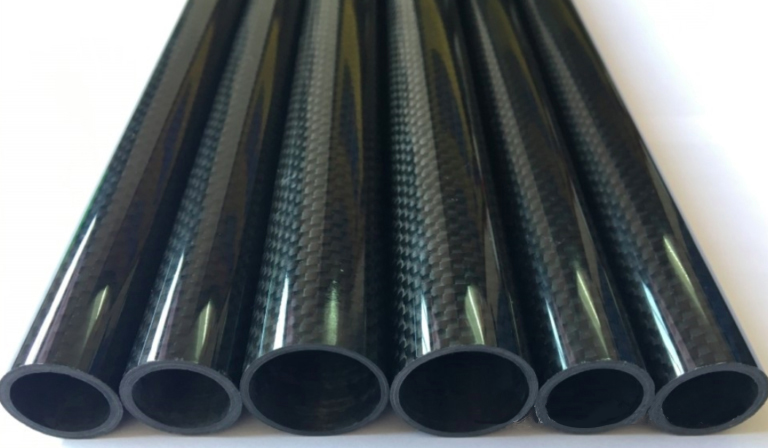
02 Types of carbon fiber pipes
Carbon fiber tubes can be designed to orient the fiber layers at different angles, making them suitable for specific applications. For example, carbon fiber tubes with a 0° structural stack have fibers aligned in a single direction for linear strength and stiffness; they resist bending, but they are easily crushed if subjected to shock; thus, they are often used in support structures . Carbon fiber tubes with a 0°/90° build stack have fibers aligned in both directions to resist crushing and twisting better than tubes with a 0° build stack.
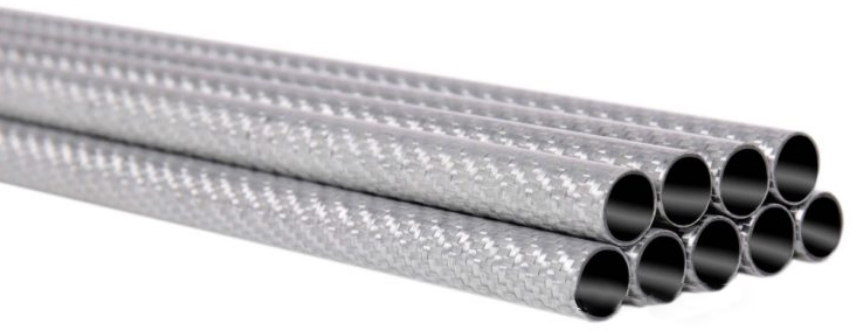
Carbon fiber tubes can be custom processed, so using high-end craftsmanship and state-of-the-art technology, various shapes of tubes can be prepared, mainly including:
square carbon fiber tube
Rectangular carbon fiber tube
Hexagonal carbon fiber tube
Oval carbon fiber tube
Tapered carbon fiber tube (one end is smaller in diameter than the other)
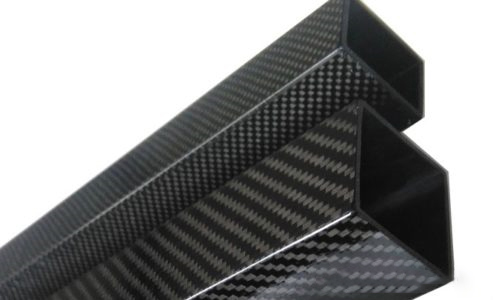
03 Processing of carbon fiber pipes
According to the processing method, carbon fiber tubes can be divided into: coiled prepreg carbon fiber tubes, braided carbon fiber tubes, pultruded carbon fiber tubes, etc.
Coiled prepreg carbon fiber tube: Coiled prepreg carbon fiber tube is made by using multi-layer twill fabric or unidirectional fabric carbon fiber prepreg wound on a metal mold, and then cured at high temperature. This type of carbon fiber tube is ideal for applications requiring the highest bending stiffness and lowest weight, such as automation, robotics, telescopic poles, and drone components. Additionally, these long bobbins are available in high-modulus and ultra-high-modulus carbon fibers, as well as in outer fabrics such as colored Kevlar.
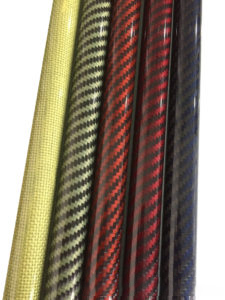
Braided carbon fiber tube: Braided carbon fiber tube consists of carbon fiber braid and unidirectional fabric. They have excellent torsional properties and compressive strength, making them ideal for high torque applications. Available in round, rectangular and square shapes, these carbon tubes can be optimized axially or made from higher modulus carbon fiber for increased bending stiffness.
Pultruded carbon fiber tube: It is prepared by using carbon fiber (mostly 12k specification) and epoxy resin/vinyl resin through pultrusion process. Pultruded carbon fiber tube has different specifications such as square, round, and rectangle. shown.
04 Typical applications of carbon fiber pipes
Carbon fiber pipes are widely used in the automotive industry and bicycles, and carbon fiber pipes can reduce weight when used in cars, motorcycles and bicycles. Main applications include: exhaust systems for sports bikes or racing cars, sports car suspension systems with carbon fiber suspension springs, racing parts such as carbon fiber brake calipers or carbon fiber brake discs, lightweight racing and mountain bike frames, etc.
Other common applications for carbon fiber tubes include:
Aerospace Spars and Spars
telescope
robot technology
arrow shaft
kayak paddle
remote control model
yacht
